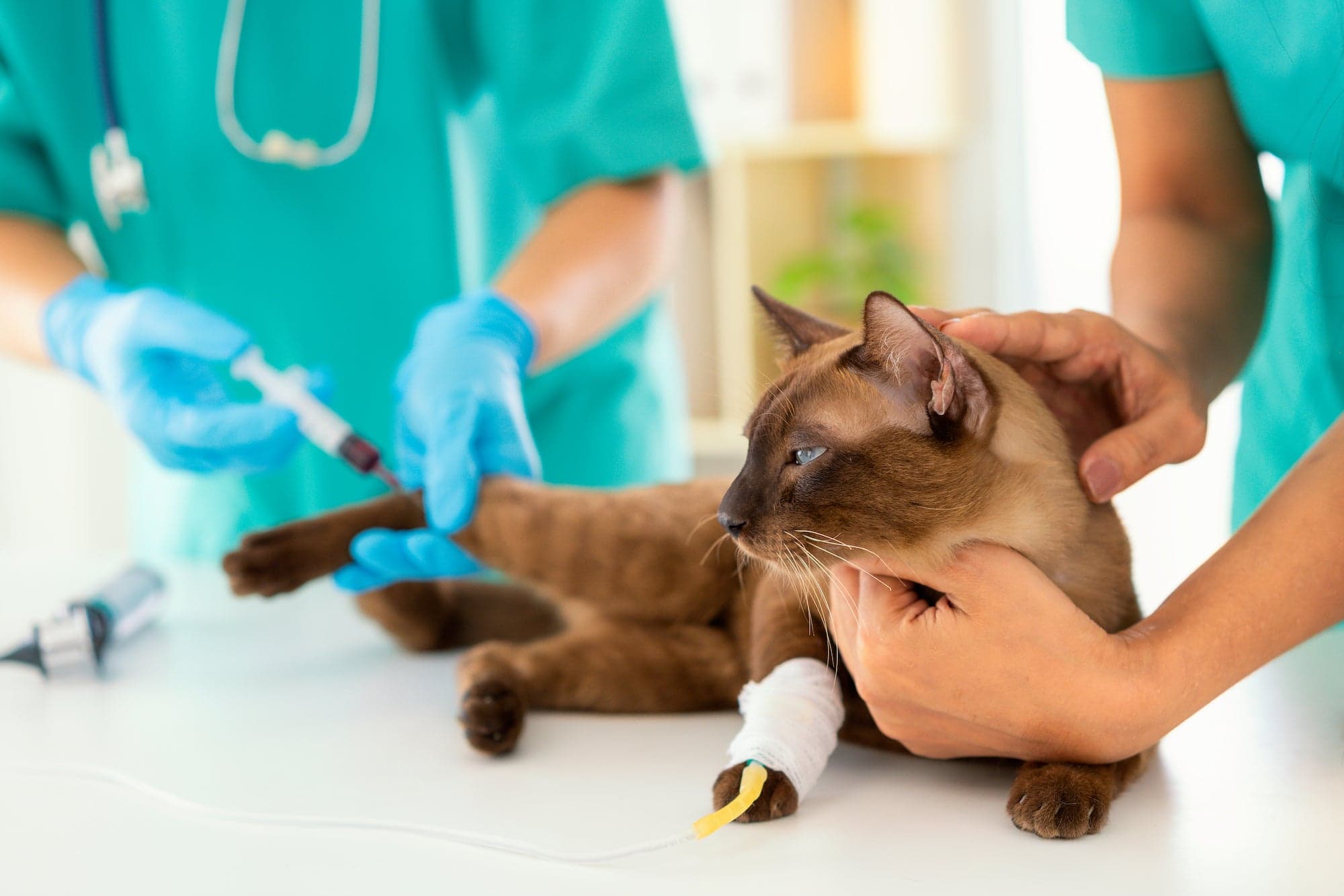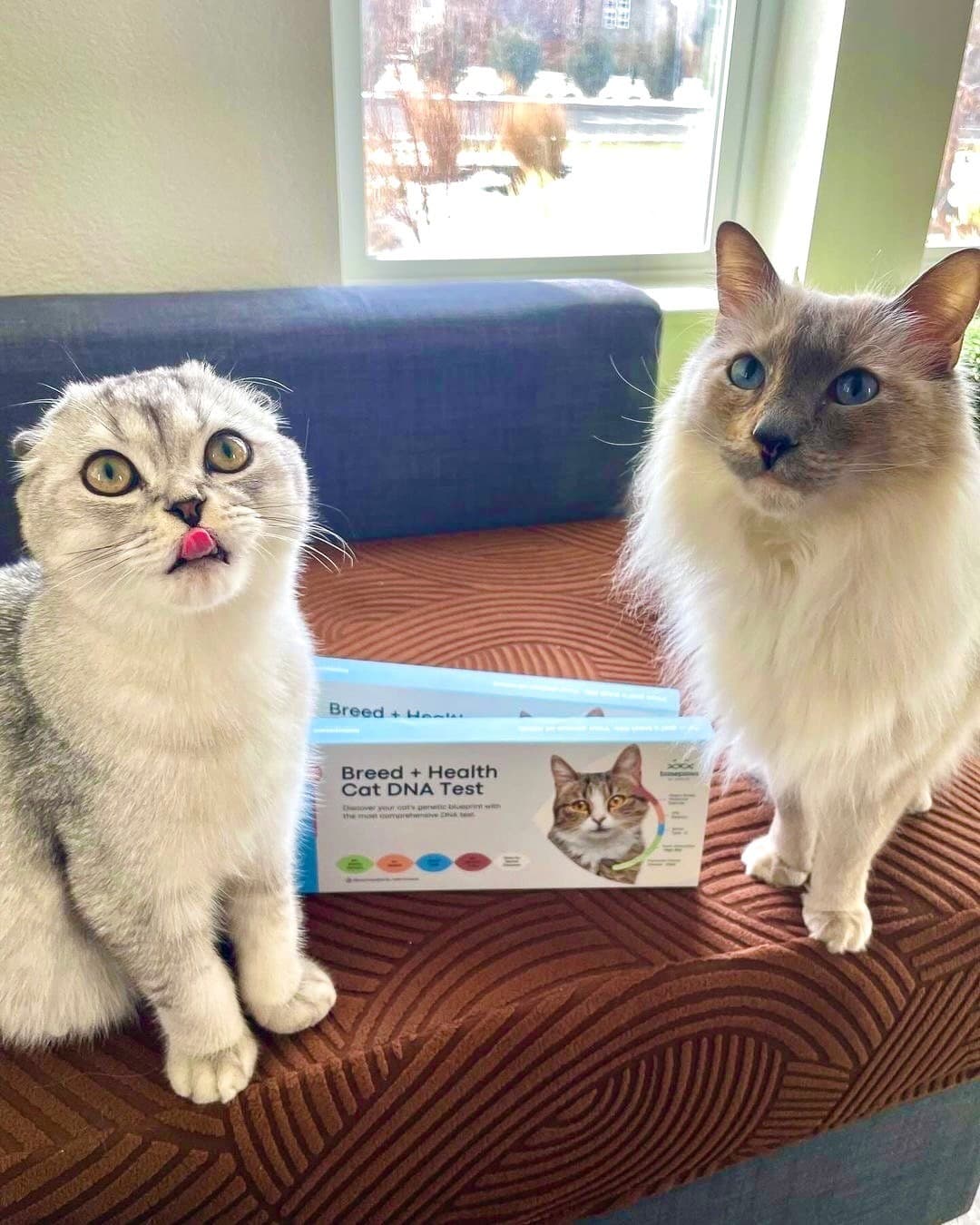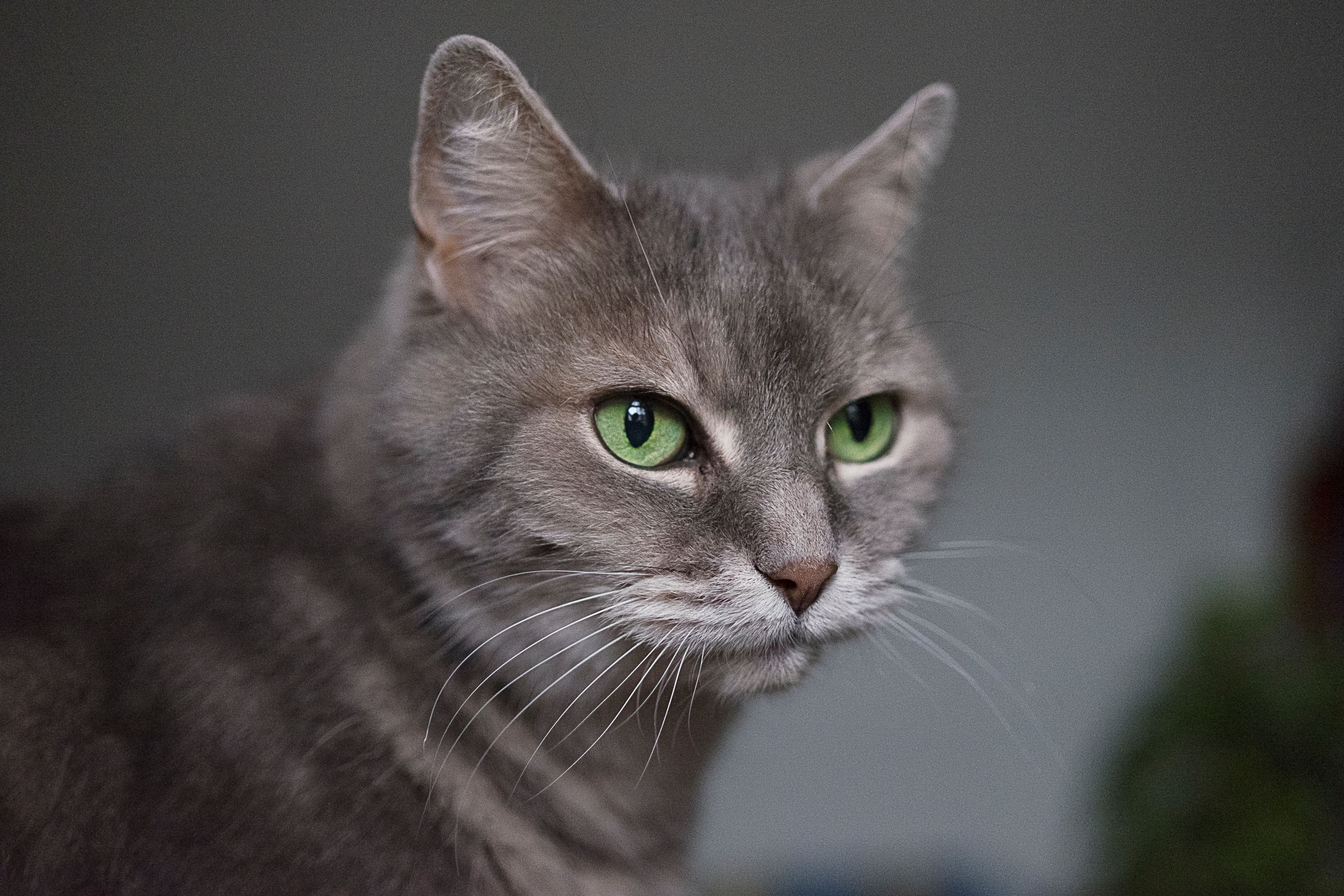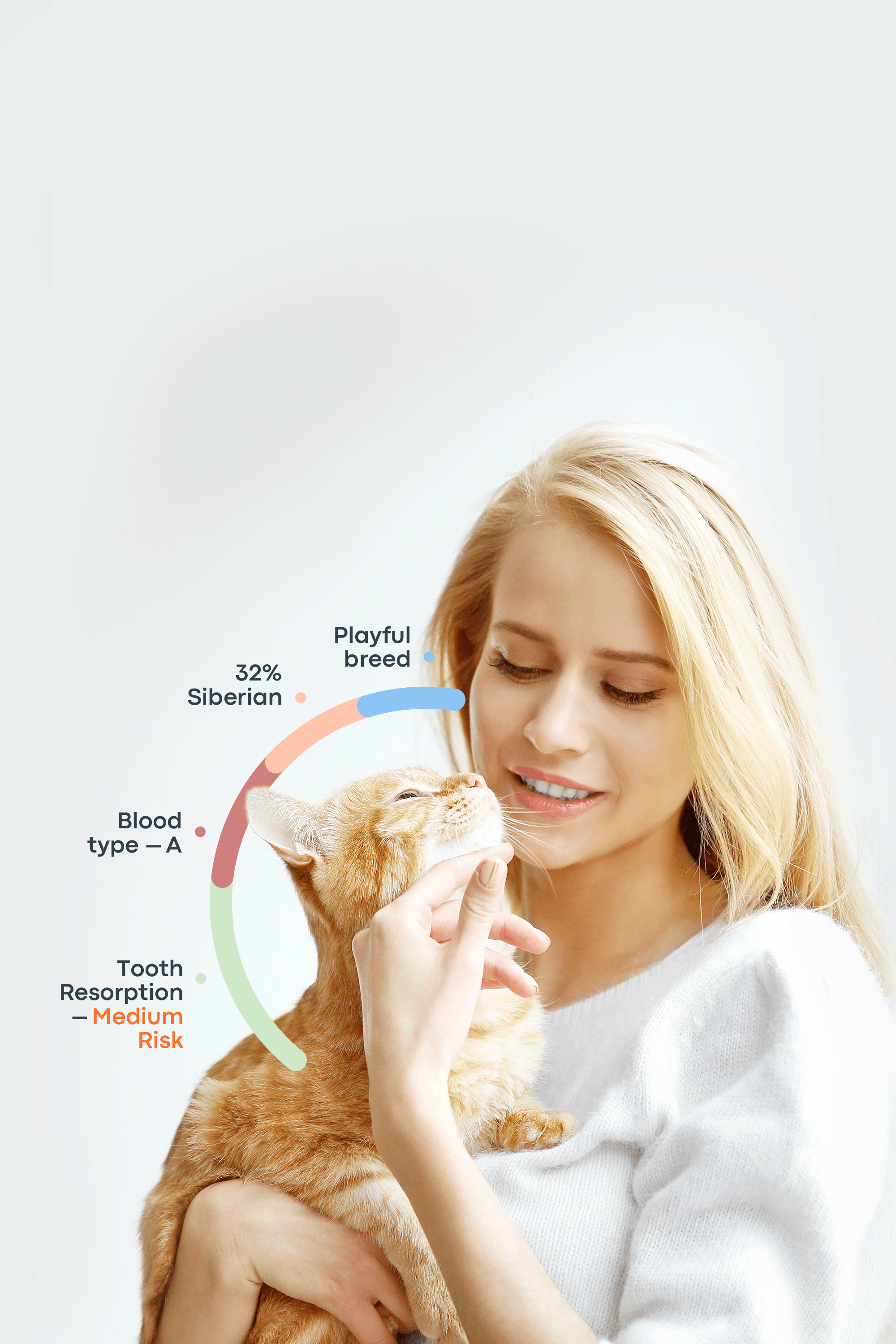
Basepaws Report


Basepaws recently updated its flagship Breed + Health Cat DNA test to screen for 25 genetic traits that are represented by 50 genetic markers. In a new section of the upgraded Basepaws digital report, pet parents can now learn about the genetic markers that may play a role in determining their cat’s likely blood type.

Basepaws provides pet parents like you with comprehensive DNA tests and informative resources to help your cat to live their best life. A quick and easy at-home swab of your kitty's mouth offers a world of valuable information about their unique breed mix, genetic predisposition to 43 health conditions, and genetic traits responsible for their fabulous appearance.

Basepaws has added new genetic health and trait markers to its flagship Breed + Health Cat DNA test. In the Health Marker section of your cat’s report, Basepaws provides their results related to 43 genetic disorders that are represented by 64 health markers.

